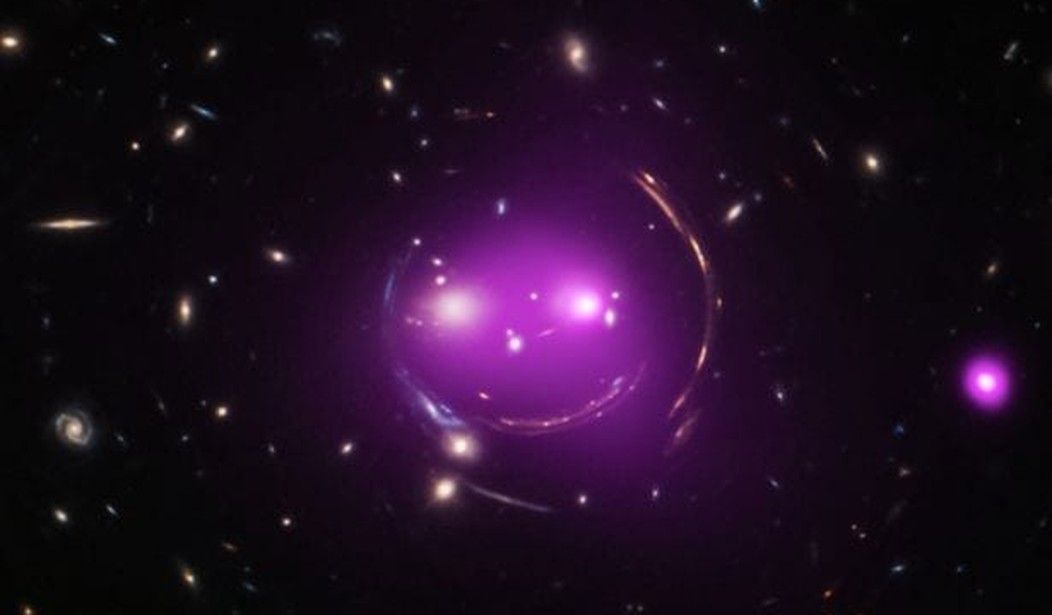In 1757, a young musician named Friedrich Wilhelm Herschel fled the German state of Hanover ahead of the French. It was all part of the Seven Years War — we call it the French and Indian War, in which another young man named Washington distinguished himself — and young Fred, who had joined the family business of a Hanoverian Army band, was strictly a deserter, but never mind that.
Fred came to England, where he was a success, first as a performer and music copyist, and later as a composer and organist. He also met the Royal Astronomer Nevil Maskelyne, and became interested in astronomy himself, building his own telescopes; he started looking at the stars through his own telescopes in 1773.
Herschel was one of the Enlightenment’s Great Amateurs, like Ben Franklin. He started to look for double stars, and happened, in 1781, to see a “star” that appeared to have a disk. This was quickly recognized to be a new planet outside the orbit of Saturn, and named Uranus — which astronomers prefer to pronounce YOU-ran-us, because the other accepted pronunciation leads to inevitable sophomoric puns from people who otherwise don’t know Uranus from a hole in the ground.
For this — the planetary discovery, not the puns — he was knighted by George III under the Anglicized name “William Herschel” and he went on to compose many pieces of music, invent spectrometry, discover infrared radiation, and become one of the top telescope makers of his time.
Uranus, it turned out, was a troublemaker. Newton’s theory of gravity made some very definite predictions of how Uranus should be progressing in its orbit, and Uranus refused to comply: sometimes it was a little ahead of the predicted path, then it was behind. Sir Isaac Newton, in Philosophiæ Naturalis Principia Mathematica, had laid out the rules pretty firmly, and they’d stood up well; either Newton’s Laws were (slightly) wrong, or something else was up. Some computations showed that this could be explained if only there were another planet outside Uranus’ orbit, and even showed fairly closely where that planet had to be. So astronomers looked, and sure enough, there was another planet, which in due time was named Neptune.
Which, sadly, is much poorer material for off-color jokes. Still, science marches on.
The point here is that, as Isaac Asimov said, the most exciting thing in science is when you look at the data and say, “Wow, that’s funny….” Herschel discovered Uranus (okay, that’s enough. Just stop.) when he saw something by accident while looking for double stars. Urbain Le Verrier predicted the existence of Neptune, and Galle and Adams then observed Neptune, when Uranus insisted on not quite following the predictions of Newton’s Laws.
Le Verrier wasn’t done there, because the planet Mercury was also going astray from what Newton demanded. He predicted the existence of another planet, orbiting inside Mercury’s orbit. This hypothetical planet was named Vulcan. (Not the one Spock comes from, that’s 40 Eridani A II.)
Try as they might, however, no one found a planet there. This left astronomers scratching their heads and saying “Wow, that’s funny” for about 40 years, until Einstein showed that Mercury was obeying the slight modification of Newton’s Laws in Einstein’s General Relativity. General Relativity was first confirmed by Eddington in 1919, and by the 1930s it was being applied to astronomy.
In 1932, Jan Oort and Fritz Zwicky noticed that stars, in particular stars in globular clusters, weren’t moving correctly — their orbit behaved as if there were a lot more material in the globular cluster than could be observed by the light of the stars in the cluster. Zwicky named this “dunkle Materie” — “dark material” or “dark matter” or even “dark stuff”. Why “dark”? Simply because all the matter they could observe in globular clusters was “bright” — stars and glowing gas clouds. The problem of where all the stuff was became known as the “missing matter problem.”
Better measurements in the 1960s and 70s just made it worse. Not only did the observed universe appear to require more matter than we could observe — and the improved techniques made it harder and harder to think of something we couldn’t observe — but the universe seemed to require about four times as much of this weird stuff as there is of ordinary everyday material stuff.
Then things got weirder still, because the universe at large scale doesn’t behave “correctly” either. It’d been known for a long time that the universe is expanding, but the universe is expanding a little bit too fast. It’s as if Someone is blowing up the universe like a balloon as a trick on astrophysicists.
Where is the energy for this coming from? Nobody knows. Call it “dark energy” then, to fit with “dark matter.” There are a number of theories for what this is, but whatever it is, there’s a lot of it — it turns out that there’s about 3 times as much dark energy as there is normal matter and dark matter combined.
At this point, we’ve gone from “Wow, that’s funny” to “What the hell?” At this point, it looks like 19 parts in 20 of the universe are stuff we literally can’t see.
And that’s the story of dark matter. You’ll sometimes see people complaining that Science wants us to believe in this “dark matter” stuff (that we can’t see or detect) but that, honestly, is starting with a mistake: while there are some theories, what “dark matter” really means is, “Wow, that’s funny. There ought to be something there, but we can’t see it.” Like the planet Neptune before it was observed, and the precession of Mercury’s orbit before General Relativity, it’s a place where the universe refuses to behave as theory requires. It’s a short scientific nickname for “What the hell is going on here?”
Could be worse, though. Another perfectly good adjective would have been “occult,” from a root which means “to conceal” or “to obscure.” Imagine the National Enquirer headlines if science had called this stuff “occult matter.”










Join the conversation as a VIP Member